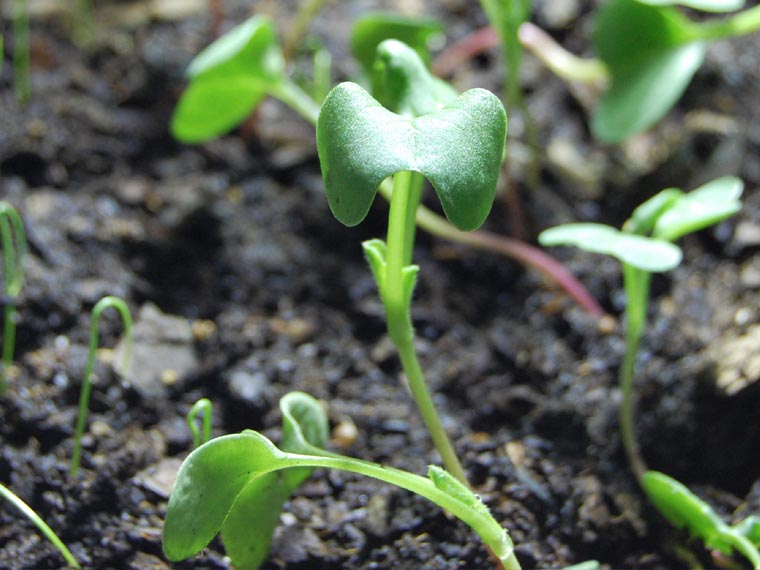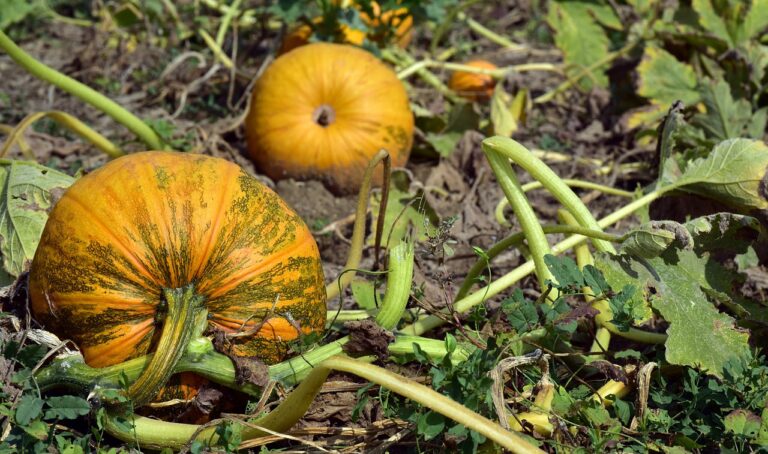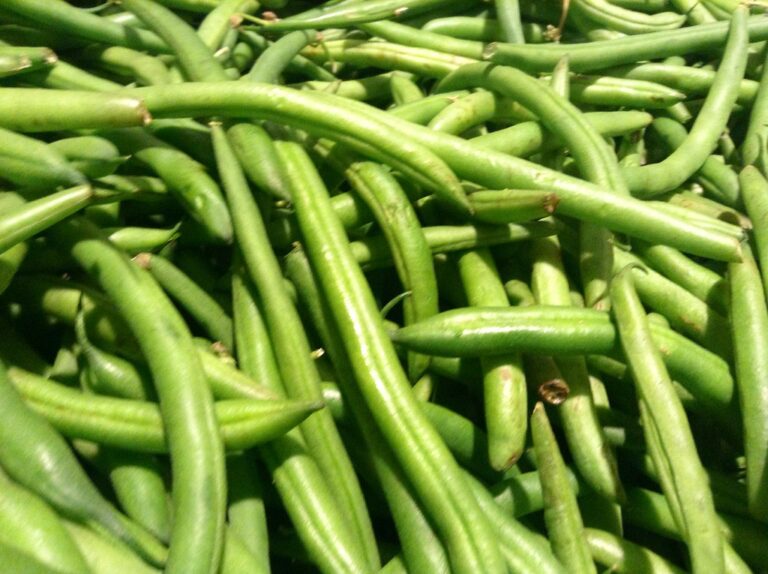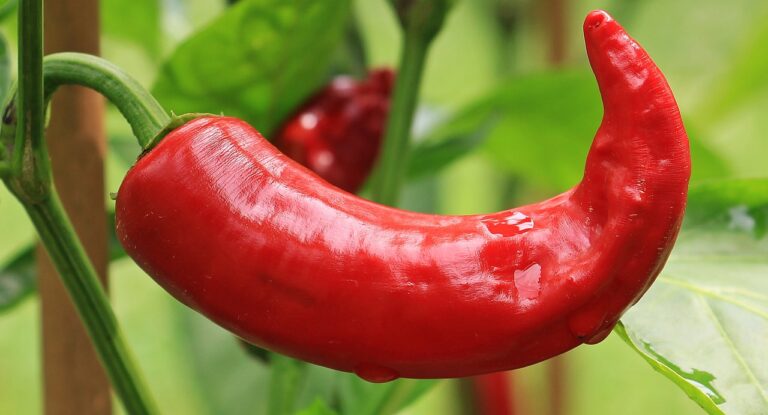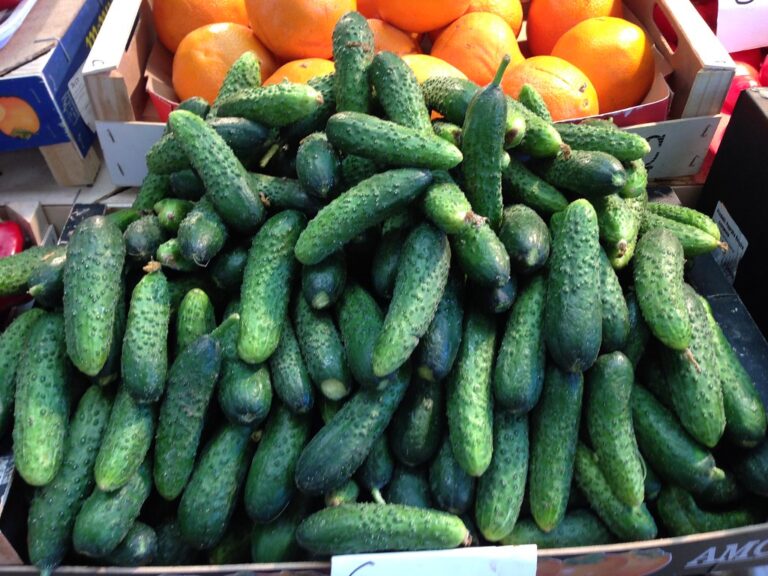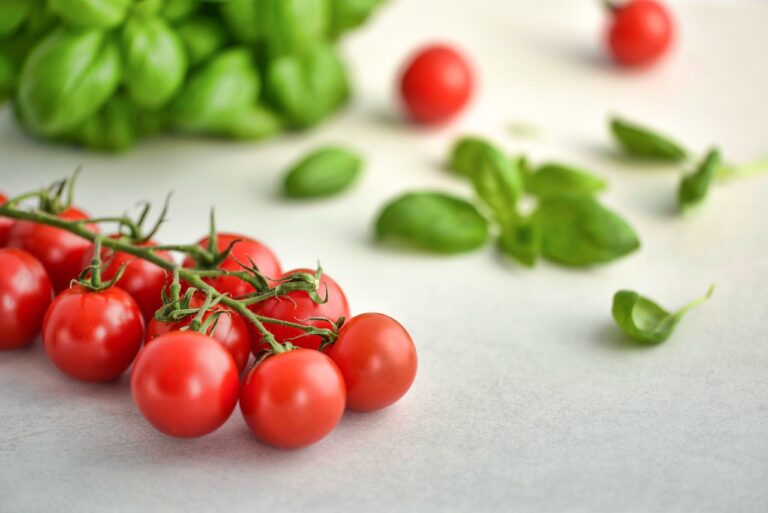Understanding the Process of Harvesting Beets
Harvesting beets involves timing, selecting ideal root sizes, and observing visual cues for peak flavor and nutrients. Factors like planting time and soil quality impact harvest quality. Best beet size balances flavor and texture, typically between golf and tennis ball sizes. Lush greens signal ripe beets, while soil moisture affects extraction. Proper storage demands cool, ventilated darkness at 32-35°F. Culinary uses range from roasting to pickling for diverse flavors. Nutrient-rich beets benefit heart health and digestion. Beets contain nitrates with potential health perks. Understanding harvest intricacies guarantees maximum beet benefits.
Factors Affecting Beet Harvest
Factors influencing the successful harvest of beets encompass a range of variables, including planting time, local temperatures, and soil conditions. Beets are root vegetables that require specific conditions to guarantee a bountiful harvest. The days to maturity are critical in determining when to harvest beets for ideal flavor and size. Depending on the variety, beets can take anywhere from 50 to 70 days to reach maturity. Monitoring the days to maturity is vital to prevent beets from becoming overripe, which can result in tough and fibrous textures.
Soil quality plays a significant role in beet root development. Proper spacing, nutrient availability, and soil composition directly impact the size and growth of beet roots. Compacted or nutrient-deficient soil can hinder root expansion, leading to stunted growth and smaller beets. To harvest beets successfully, it is essential to make sure the soil is loose, well-draining, and rich in organic matter.
Local temperatures also influence beet harvest. Cooler temperatures can slow down the growth process, while excessive heat can affect the flavor and texture of the roots. Harvesting beets during moderate temperature conditions can help maintain their sweetness and tenderness. By considering these factors—days to maturity, soil quality, and local temperatures—harvesting beets can yield flavorful, well-developed roots that are ideal for consumption.
Optimal Beet Size for Harvesting
When considering the ideal size for harvesting beets, it is essential to aim for dimensions slightly larger than a golf ball. This size range, usually achieved in 50-70 days, guarantees a juicier and more flavorful root. Homegrown beets, smaller than store-bought varieties, provide a tastier and more tender eating experience.
Ideal Beet Dimensions
For efficient harvesting, beet growers should aim for a size range typically falling between that of a golf ball and a tennis ball. Homegrown beets, when harvested at this ideal size, offer the best flavor and texture. Smaller beets are usually juicier and can present different flavor profiles compared to larger ones. It’s important to note that beets intended for storage in stores are often larger than those grown in home gardens. When harvesting beets slightly bigger than a golf ball, they are at their peak in terms of flavor and texture. This size guarantees a balance between sweetness and earthiness, providing a delightful culinary experience. Selecting beets within this size range is essential for achieving the perfect taste and texture in your dishes.
Timing for Harvest
Shifting from the discussion about perfect beet measurements to the timing for harvest, the perfect beet size for picking is vital for achieving the finest texture and flavor in culinary uses. Harvested beet roots are typically ready to harvest when they reach the size of a golf ball to a tennis ball. This size indicates that the beet crop has developed sufficiently and is at its peak in flavor and texture. It’s important to time the harvest of beets accurately to guarantee the best taste and quality. Beets that are too small may lack the desired sweetness, while larger beets can be tough and less flavorful. Hence, monitoring the size of the beet roots is essential for successful beet harvesting and enjoying the best culinary experience.
Visual Cues for Beet Readiness
Evaluating beet readiness involves closely analyzing the richness of the greens to determine the best time for harvesting. When inspecting beets for harvest, the key visual cue is the condition of the beet greens. Lush, vibrant greens are indicative of well-filled beet roots that are ready to be harvested. On the other hand, wilted or yellowing greens may signal that the beets are overripe, emphasizing the importance of timely harvesting to guarantee ideal flavor and texture.
To further assess beet readiness, exposing the top 1/3 of the beet roots can provide valuable information regarding their size and maturity. This step allows growers to gauge whether the beets have reached the desired size for harvesting. In cases where beets are still small and require additional time to mature, covering them with soil can promote further growth before they are ready to be harvested.
Additionally, harvesting beets before the ground freezes is essential to maintain their quality. Freezing temperatures can affect the flavor and texture of the beets, highlighting the significance of timely harvesting. By paying close attention to visual cues such as the condition of the greens and the size of the beet roots, growers can make sure that they harvest their beets at the best time for peak quality and taste.
Importance of Soil Moisture Before Harvest
Maintaining ideal soil moisture levels is essential before harvesting beets as it facilitates the extraction process without damaging the roots. Adequate moisture content in the soil guarantees that the roots remain intact and undamaged during harvest, preserving the quality of the beets. Timing the harvest when the soil moisture is just right can greatly impact the ease of pulling out the beets and the overall yield obtained.
Soil Moisture Levels
Before harvest, ensuring the soil maintains adequate moisture levels is essential for the successful removal of beets with minimal root damage. Proper soil moisture levels are vital for the harvesting process. Here are three key points to ponder:
- Facilitates Smooth Extraction: Sufficient soil moisture allows for easy retrieval of beets from the ground without causing harm to the roots.
- Prevents Root Damage: Maintaining damp soil helps avoid root damage during the retrieval of beets.
- Ease of Extraction: Moist soil conditions make it simpler to gently retrieve beets without causing excessive disturbance to the roots.
Maintaining the right soil moisture levels is fundamental for harvesting beets at their peak quality and ensuring a successful shift to storage in the root cellar.
Impact on Beet Quality
Ensuring ideal soil moisture levels before harvesting beets is essential for preserving root integrity and maximizing the quality of the produce. The best beets, with roots still deep red, are obtained when the soil is loose and adequately moist. Harvesting your beets when the soil moisture is best facilitates the extraction process, preventing damage to the roots. Moist soil conditions allow for the roots to smoothly slide out, reducing the likelihood of breakage and bruising. This results in higher-quality beets that are clean and intact, making the beet harvest more efficient. Therefore, paying attention to soil moisture levels is vital for obtaining the best quality produce and ensuring a successful beet harvest.
Timing for Optimal Harvest
To achieve an ideal beet harvest, it is crucial to monitor and adjust soil moisture levels accordingly before initiating the harvesting process.
- Beets are best harvested when the soil is damp, making it easier to remove them from the ground without damage.
- Damp soil reduces the risk of breaking beet roots during the harvesting process.
- Harvesting beets in dry soil can lead to difficulty in pulling them out and may result in root damage.
Watering the beet crop before harvesting helps loosen the soil around the roots for smoother extraction. Ideal soil moisture levels guarantee that beets can be harvested efficiently and without causing harm to the roots.
Proper Beet Storage Techniques
When storing harvested beets, it is essential to follow proper techniques to maintain their freshness and quality over an extended period of time. After harvesting, it’s vital to cut off the greens, which can be stored in the refrigerator for 3 to 5 days. For the beets themselves, rinse them thoroughly, dry them well, and place them in a perforated bag in the refrigerator. Fresh beets can be kept in the crisper drawer for 1 to 2 weeks. If you prefer to store unwashed beets, they can last up to five months in a cool, dry place.
To guarantee the longevity of your beets, proper storage is key. The refrigerator provides the ideal environment for maintaining their freshness, with the crisper drawer being the best spot. Remember to keep the greens separate from the roots to prevent moisture loss. By storing them in a perforated bag, you allow for proper airflow, which helps prevent rotting.
Culinary Uses for Harvested Beets
After properly storing harvested beets to maintain their freshness, exploring various culinary uses can reveal the full potential of this versatile root vegetable. Harvested beets offer a range of culinary possibilities that can heighten dishes and introduce unique flavors and textures. Here are some creative ways to incorporate harvested beets into your cooking:
- Roasted Beets: Roasting beets is a simple yet effective method to enrich their natural sweetness and earthy flavor. The process of roasting caramelizes the sugars in the beets, resulting in a rich and tender vegetable that can be enjoyed on its own or as part of a flavorful dish.
- Pickled Beets: Pickling beets is a popular preservation method that imparts a tangy and versatile flavor to the vegetable. Pickled beets can be used to add a zesty kick to salads, sandwiches, or charcuterie boards, making them a versatile and delicious addition to any meal.
- Beet Chips: For a crunchy and healthy snack option, consider making beet chips. Thinly slice the beets, season them to your liking, and bake or air-fry them until they are crispy. Beet chips are a flavorful alternative to traditional potato chips and offer a nutritious way to satisfy your cravings.
Exploring these culinary uses for harvested beets can open up a world of delicious possibilities in the kitchen.
Nutritional Benefits of Consuming Beets
Beets, with their abundant fiber, folate, potassium, and antioxidant content, offer a wealth of nutritional benefits that support overall health and well-being. The high fiber content in beets aids digestion, promotes satiety, and helps regulate blood sugar levels. Folate, a B-vitamin found in beets, is essential for DNA synthesis and repair, making it important for cell division and growth. Potassium in beets is vital for maintaining healthy blood pressure levels and supporting proper muscle and nerve function. Additionally, the antioxidants present in beets help combat oxidative stress, reduce inflammation, and protect against chronic diseases.
One notable nutritional aspect of beets is their nitrate content. Nitrates can be converted into nitric oxide in the body, which may help lower blood pressure and improve exercise performance by enhancing blood flow and oxygen delivery to muscles. Additionally, beet greens, often overlooked, are rich in vitamins A and K, iron, and calcium, providing a significant nutritional boost. Vitamin A supports vision and immune function, while vitamin K is essential for blood clotting and bone health. Iron is important for oxygen transport in the blood, and calcium is crucial for bone strength and muscle function.
Including beets in your diet can offer a wide range of health benefits, from supporting heart health and digestion to boosting immune function and overall well-being.

